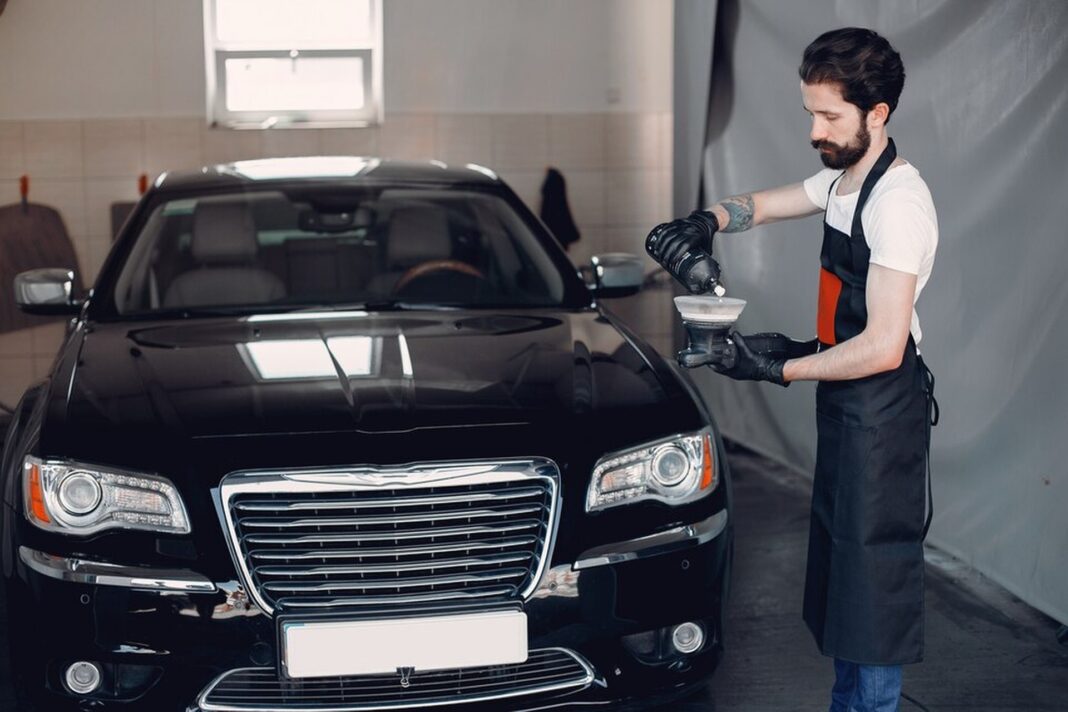Luxuries go beyond things and look. This encounter evokes quality and uniqueness. Luxury in workmanship is characterized by how and why not what is made. The process from raw material to completed product requires precision meticulousness and a rich legacy.
Innovative technology is part of this quest. Understanding these aspects is essential to appreciate premium craftsmanship elegance. This investigation examines the materials, craftsmanship , historical influences and technological advances that define luxury.
Materials That Define Luxury
Any luxury item is its heart. Quality materials are generally the first thing that distinguishes premium products. Luxury companies carefully choose rare high quality and durable materials. Luxury fashion favors cashmere silk and exquisite leather. These fabrics are selected for their luxurious feel, comfort and look. Each fabric or material has a history frequently related to its producing place.
Luxury automobiles use expensive leather wood veneers, carbon fiber and precious metals. These materials improve vehicle performance and comfort while improving appearance. The steering wheel seat and console combine to produce a luxurious driving experience. Each part of the product is luxurious in design and function due to meticulous material selection.
Attention To Detail: Small Yet Mighty
Luxury is frequently in the details, the little powerful features that the untrained eye misses. The precise and careful craftsmanship of luxury objects frequently determines their worth. Luxury watchmakers meticulously build every cog gear and mechanism. A little tweak may make a watch a masterpiece. Luxury workmanship emphasizes precision in every detail.
Luxury car interiors demonstrate this attention to detail. Leather seat stitching control configuration and interior color schemes need careful design and execution. Even automobile door closing sounds are designed to convey solidity and elegance. Luxury fashion items often include hand sewn seams, unique tailoring and meticulously placed buttons which adds to their longevity and visual appeal.
Attention to detail includes client customization where consumers may choose colors, finishes and product specs. This personalized method adds value and makes the product an extension of the owner’s personality boosting its premium status.
The Artisan’s Touch: Handmade Elements
Artisans are crucial to high handicrafts. Though sophisticated robots cannot replace the attention, devotion and talent that humans bring to each item. Luxury is defined by handcrafted aspects where artists spend hours, days or weeks polishing each detail.
Luxury clothes frequently have hand stitched embellishments and finishing. This makes them distinctive and ensures quality and endurance. Handcrafted furniture is generally the best in design and function. Craftsmen sculpt, carve and sew durable pieces. The artist’s individuality and flare are subtly imbued in each creation.
Though mechanized the automobile industry values craftsmanship. Luxury cars have unique finishes and handmade touches. Professionals can trim leather or hand polish wood. Personal engagement in the creative process links art and luxury items. It gives the product exclusivity and elevates it.
Heritage And Tradition In Modern Luxury
Luxury workmanship is rooted in tradition. Luxury companies with centuries old histories inspire trust and authenticity. Such firms use their rich history to inspire innovative designs that honor their heritage while embracing current sensibilities.
A brand heritage may be portrayed in timeless fashion trends or themes. This tradition gives customers a feeling of continuity and depth linking historical subtleties with modern needs. New automobile models include old design aspects to reflect this combination. A classic grille design may use cutting edge technology but yet suggest a bygone era.
Heritage encourages responsible manufacturing favoring time tested techniques over faster less laborious ones. This commitment to tradition frequently yields compositions that combine ancient knowledge with modern creativity. Thus legacy matters for luxury goods‘ sustainability and integrity not merely gazing back.
Technological Innovations In Craftsmanship
The ever changing luxury market uses technology to facilitate and improve. It enables unprecedented accuracy, speed and complexity in crafting enabling luxury defining advancements. Technology may enhance traditional techniques without compromising craftsmanship art.
3D printing and CAD have revolutionized luxury watch design and manufacture. These techniques enable precise engineering of delicate or complicated components that cannot be handcrafted. Despite this technological competence, assembly and finishing are artisanal. Technology helps textile companies create distinctive designs and sustainable materials. It allows endless personalization so every piece of clothing matches the owner’s vision.
Technology greatly impacts car performance and safety. Modern luxury automobiles include driver assistance systems and hybrid engines eliminating the opulence efficiency dilemma. Technology enhances the luxury experience blending history and innovation. Technology enhances luxury craftsmanship creativity and legacy when handled well.
How Are Luxury Cars Different From Regular Cars?
Luxury automobiles are distinguished by their design performance, comfort and technology. They’re meticulous and use high quality materials like leather wood and metals for style and function. Luxury cars include adaptive cruise control and cutting edge entertainment systems. These upgrades emphasize driver and passenger comfort and convenience.
Luxury automobiles have stronger engines improving speed and maneuverability. They may also let consumers choose interior finishes and color choices. Automotive companies with long histories frequently retain their automobiles‘ reputations for quality.
Beyond obvious distinctions luxury cars are prestige symbols of financial achievement and social prominence. In addition to transportation they represent exclusivity and grandeur. Luxury automobile manufacturers provide great customer service making the ownership experience as sophisticated and remarkable as the cars.
What Materials Are Typically Used In Luxury Cars?
Luxury automobiles use high quality materials to improve driving aesthetics and functionality. Leather is used in premium automobile interiors for its softness, durability and beauty. High quality leathers may be purchased locally or treated to improve their appearance. Dashboards and trim elements made of walnut oak and ash veneers lend natural sophistication.
Luxury automobiles have upscale interior trimmings made of aluminum or stainless steel. Some automakers use carbon fiber for its lightweight strength to improve vehicle performance and fuel economy in response to new trends. With their suede-like texture and high quality exotic fabrics like Alcantara for seats and ceilings provide exclusivity.
Sustainable and eco-friendly materials are another luxury automobile trend. Interiors use recycled timbers and natural textiles to preserve elegance without hurting the environment. This innovation meets changing customer expectations keeping luxury associated with forward thinking and responsibility.




